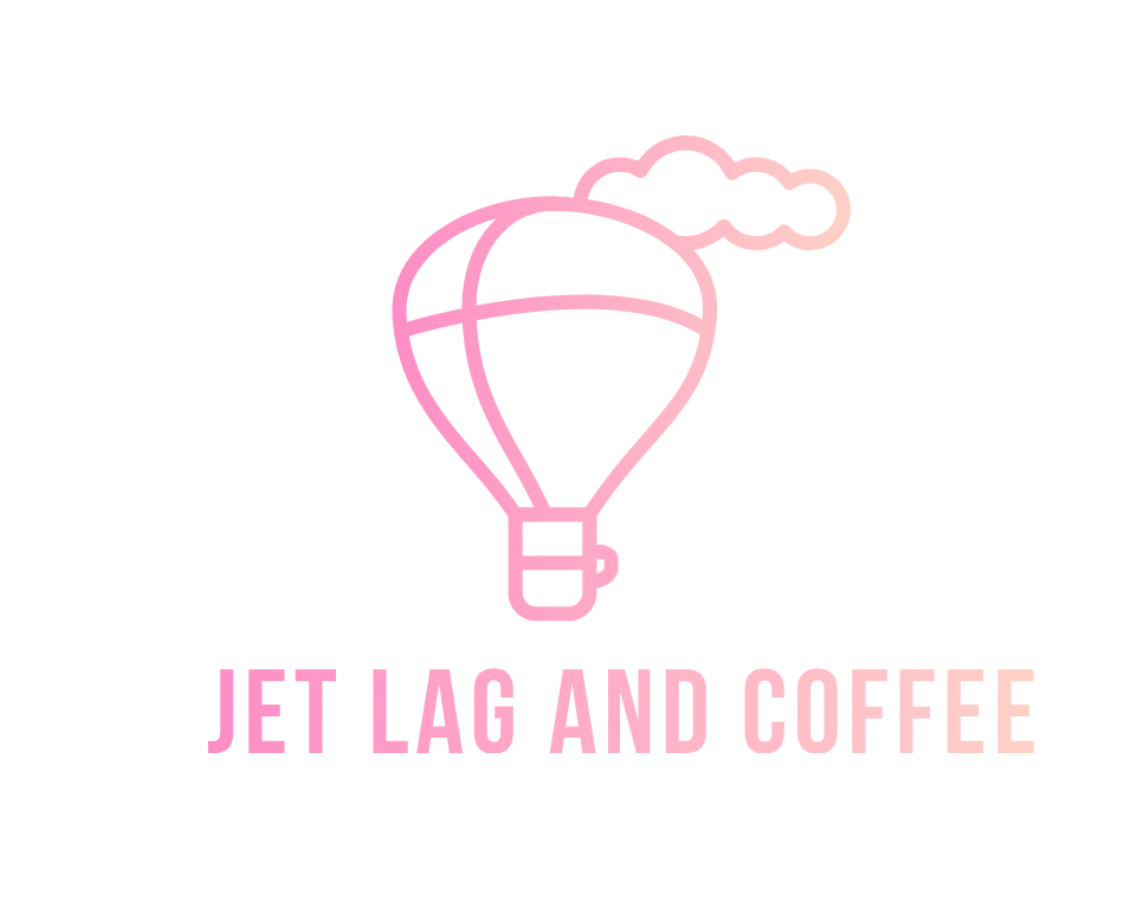I was in Ljubljana in September 2019, and Slovenia's capital is very very cute. One of my favorite travel memories was renting a bike and riding around the city. Ljubljana is a green and small city (ca. 280,000 inhabitants). In two days, you can walk all over it. About the green spaces, I recommend Tivoli Park and The Canal, where there are many restaurants, cafés and bars.
The city has a mix of architectural styles, and the old town remains baroque, inspired by the Italians and Venice style.
DRAGON BRIDGE
The symbol of Ljubljana is a dragon. It symbolizes fertility, power, and courage, and it has been the city's protector since ancient times. The Dragon Bridge was built in the VIENNA SECESSION style.
Walking through the bridges, you will also see some creations of Slovenia's famous architect JOŽE PLEČNIK, for instance THE TRIPLE BRIDGE and THE COBBLERS BRIDGE.
The style of the canal, with its medieval atmosphere and a significant number of bridges, reminded me a bit of Prague.
LJUBLJANA CASTLE
The castle is also worth a visit. After going up a hill, you will find a great view of Ljubljana. The medieval castle was constructed in the 11th century.
JOŽE PLEČNIK HOUSE
I highly recommend a visit to Plečnik's house to learn a bit about his work, vision, and style. During the tour, they focus only on his house and rarely discuss his work re-planning the city. I would have enjoyed learning more about it.
After working in Vienna and Prague, Plečnik got back to Ljubljana in 1921 and worked on renovating and redesigning the city, improving the urban planning in his signature style. Some of his works are listed as UNESCO heritage. His style is known for being innovative and classical. His best known works are the TRIPLE BRIDGE, THE COBBLERS BRIDGE, THE SUMMER THEATER, and THE CENTRAL MARKET.
METELKOVA
The story of METELKOVA CITY AUTONOMOUS CULTURAL CENTRE is very fascinating. It started in 1991 after the dissolution of YUGOSLAVIA and the independence of Slovenia and Croatia. Metelkova was a military space that, after independence, was abandoned by the Yugoslav army. Thus, artists, alternative groups, and youth organizations asked for permission to use the area for creative purposes.
For being self-organized and considering its occupations, Metelkova has conflicts with the government.
